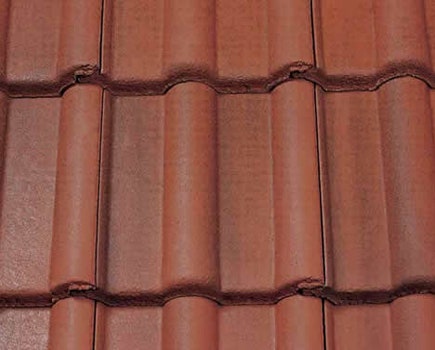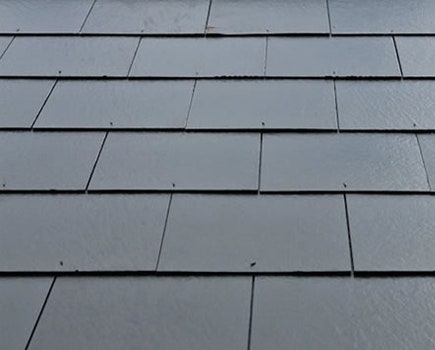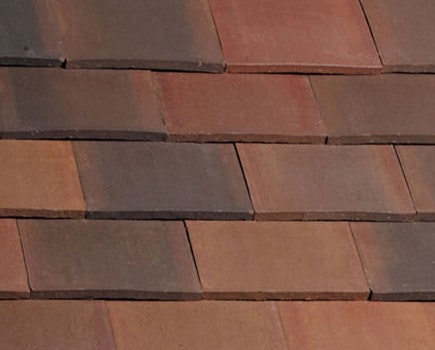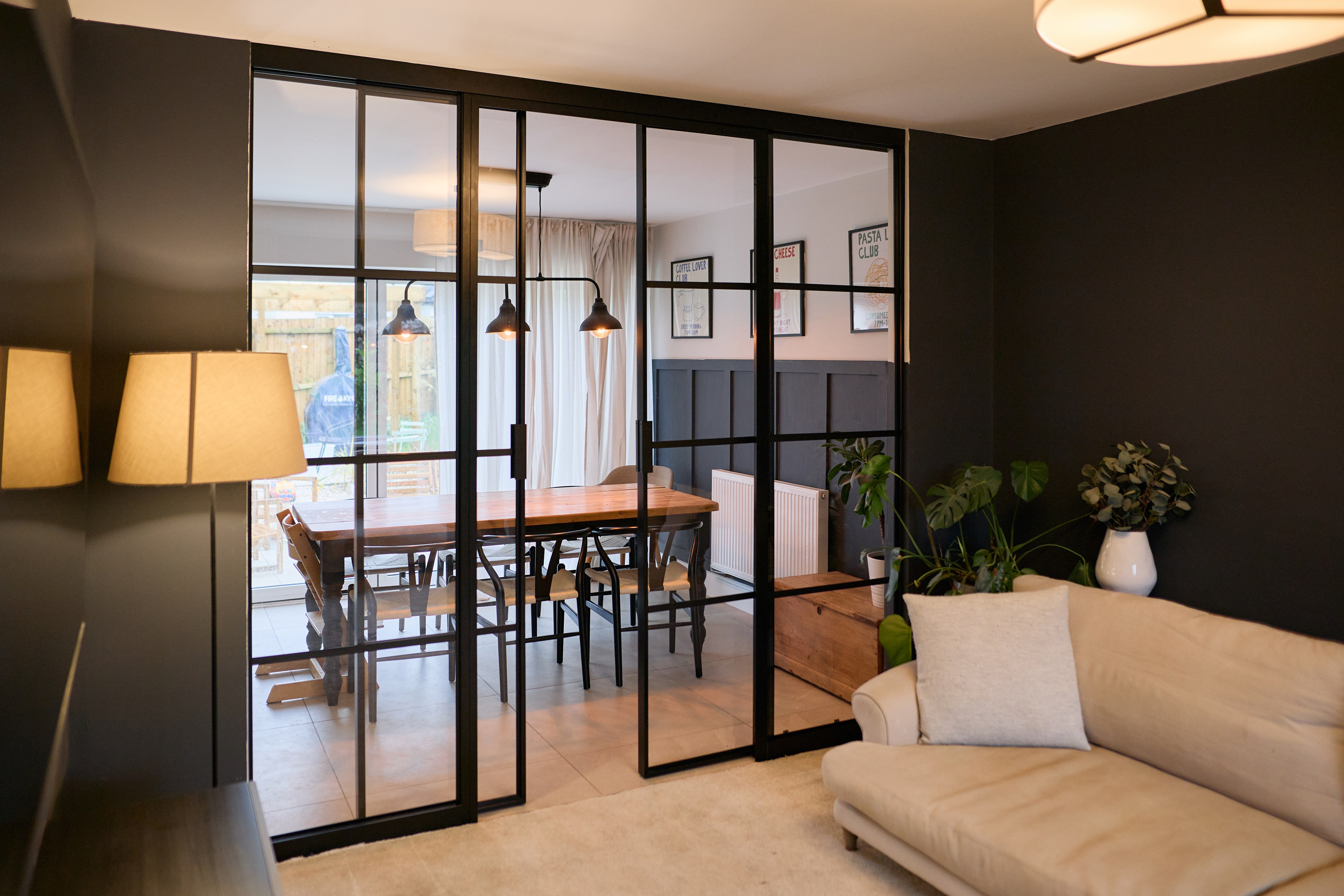Flashings Buying Guide
-
 Sterlingbuild
Sterlingbuild - Buying Guides
- 26 Feb 2018
- 36views
- Reading time: 6 minutes
Flashings Buying Guide
Flashings are weatherproof pieces of material installed to prevent water leaking into your property. Made in a variety of materials to suit all roof types, flashings have become a vital means of reducing the chances of damp and mold.
On top of this primary function, flashings are also energy-efficient and can provide a neater external finish to your property.
Our guide will help you better understand the different types of flashings and how they can work for your extension or renovation project.
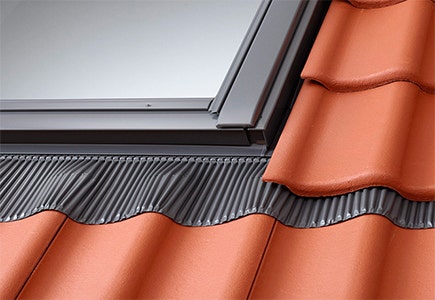
What materials
do I have on my roof?
The type of flashing you will need for your roof window is determined by what kind of material you have on your existing roof. Here are the most common roof materials
and how certain flashings work with them.
Interlocking tiles
Most interlocking tiles are made from either concrete or clay and come
in a variety of shapes, sizes and colours.
Roof window flashings should work with most types of interlocking tiles, although manufacturers tend to specialise in a few specific flashing options to meet specific tile designs and thicknesses.
Brands such as the VELUX Group and FAKRO design their flashings to be compatible with their own roof windows only and suitable up to a certain mm of tile thickness. The bottom flashing aprons accommodate the change in height, depending on the thickness of the tile.
VELUX flashing kits are built with an extra wide bottom apron with a step which prevents overspill and ensures water is directed
out to the roof.
All of our flashing product descriptions
for interlocking titles list compatible roof pitches.
Slates
Slates come in two varieties: natural and man-made. Although predominantly grey in colour, slates come in a variety of shades, as well as different textures and patterns.
Unlike tiles, where profiles can reach up to 120mm in thickness, slates are thinner in appearance and will usually not be more than 8mm thick. If you have measured what you believe to be a state and have found it to be thicker than 8mm, it is likely a
tile in disguise.
Certain roofs in Scotland are laid with a thick stone slab which might require a tile flashing rather than slate.
The majority of slate flashings are compatible with most types of slate.
and RoofLITE
all have slate flashing kits designed to ensure your window fits snug with your roof at the same time as ensuring your home is completely protected from the elements, whatever the weather.
Plain tiles
Though plain titles might heavily resemble interlocking titles from a distance, upon closer inspection you will see that they are a lot slender in appearance with a maximum
thickness of 16mm.
Although roof windows can be securely fitted to plain titles with the help of most tile flashing kits, specific plain tile flashing kits, available from the VELUX Group, FAKRO, RoofLITE
and
ECO+
will help ensure a faultless installation and neater finish.
All manufacturers provide manuals with their flashing kits for easy installation.
It is important to remember that not all flashing kits are compatible in combination, however, we have over 200 plain tile flashings that are.
Roof pitch and maximum profile allowed for each flashing is specified on the product descriptions of our
entire range of plain tile flashings.
What is the pitch of my roof?
Knowing the pitch of your roof is a key piece of information when choosing which flashing you need to go for.

Some flashings will only work from a minimum pitch, such as 20°, but the recommended minimum pitch for installation of a roof window is 15°. If you’re looking to install a
roof window below 15°,
then please
contact
our friendly team of experts who will be more than happy to help.
To work out the pitch of your roof,
you will need to do two important measurements. The first is to measure the run. The run is the horizontal distance of your roof and runs from the peak of your roof to the wall. You will then need to measure the rise. This is the height of your roof and is measured from the wall of your home to the peak of your roof.
Once you have these two measurements, you should follow the equation-
Roof pitch=
1 ÷ Tangent (Rise ÷ Run)
Always ensure that you or whoever might be carrying out the measurements, are being safe at all times. Alternatively, there are apps
such as Pitch Gauge
that use your camera to calculate the pitch of your roof for you.
How does my window installation
affect flashing?
When puchasing
flashings for your roof windows, it is important to rememember if your window
installation will be/is
standard or reccesed. Here's why.
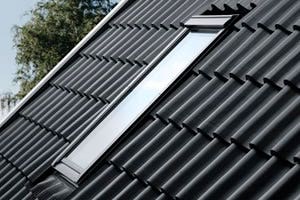
Standard installation
In the case of a standard installation, roof windows fit on the batons on your roof which means that some of the window will drop in between the rafters as the majority sits above baton height.
Depending on what material you have on your roof, as much as 70mm of the window might protrude above your finished roofing material.
All types of flashing are suitable for standard
installations. It is important to consult the instruction manual supplied with all flashings prior to setting out the roof for installation.
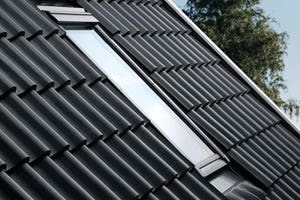
Recessed installation
Recessed installations give windows a more streamlined appearance as the window sits as much as 40mm deeper in the roof
than with a standard installation.
VELUX recessed flashings are available for interlocking tiles and slates,
FAKRO offers recessed flashing for all three major roof materials, while RoofLITE specialises in recessed slate flashing.
Recessed installation
can
be a legal requirement if you live in a conservation area or have to comply with certain requirements.
What about
combining roof windows?
The manufacturing qualities of a roof window and its
accessories
have come a long way over the years. The possibility of creating your own combination of roof windows has become a lot easier.

and
RoofLITE all produce specialist combination flashings that allow for roof windows to be seamlessly installed side-by-side or on top of one another. Combination flashings come in pre-packed kits depending on the placement of the roof windows.
With the installation of large rooflights like
lanterns not always a possibility due to a lack of roof space, many homeowners opt for fitting multiple windows adjacent to each other. This arrangement is popular with loft extensions and kitchen extensions.
If you plan on linking your windows side-by-side, it is important that they all have the same height. Likewise, if you are linking them one above the other, the widths should be identical. Doing this will ensure that the combination flashing can be installed correctly and result in a flush finish.
If you are unsure whether your project requires combination flashings, please contact our team of experts who will be able to answer your questions or you can send us a picture of your roof.

